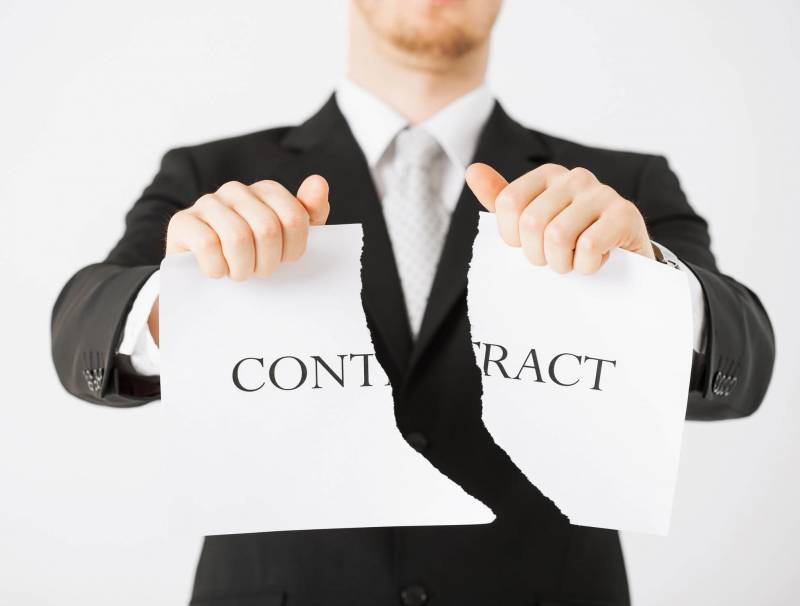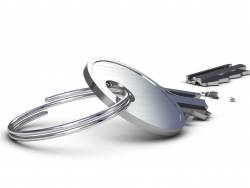Can You Tear Ligaments in Your Wrist?
An injury to the wrist is painful and frustrating. When something is hurting, and we cannot use it the way we normally do, we notice just how much we needed that hand, foot, or finger. We know that you can get tear other ligaments in your body, but can you tear the ones in your wrist?
What is A Tear in a Ligament Called?
I am sure that you have heard of people spraining their ankle. Well, a sprain is an injury to the ligament. It does not matter if that ligament is located in your wrist, foot, or any other part of the body. So, when you have an injury to any ligament in your body, it is called a sprain.
What Are the Ligaments in the Wrist Used For?
Ligaments are bands of connective tissue. They hold everything together. You can think of them as a glue for the body, or even a rubber band really. They hold things together. The ligaments in your body connect to bones and muscles.
You can find more information on ligaments in the body at sites.bsye.wsu.edu.
What Should I Know About Sprains?
There are a few things that should know when it comes to a sprain in your wrist. We know that it is a torn ligament, but how severe can that be? A sprain to the wrist is a very common injury. Think about it. A lot of people hold their hands out to break their fall. Then there are others things that can occur.
How Severe Can A Torn Ligament, Or Sprain Be?
As explained by Dr. Jeffrey E. Budoff MD (an Orthopedic Surgeon based in Houston), there is a wide range of the severity of a sprain. Your sprain could be a slight stretch in the ligament, all the way to a needing surgery in some cases. If you are experiencing pain in your wrist, it is good to seek medical advice. Let us break down the main grades of sprains/torn ligaments.
A List of Sprain Grades and What they Mean:
- Grade One: This is where the ligaments in your wrist are stretched out. They are not torn, but rather sprained stretched instead. This still requires time for healing.
- Grade Two: This is where the ligament in the wrist has been slightly torn. It has passed from stretching and has become partially torn. This can cause you to lose strength in your wrist until the ligament is healed.
- Grade Three: You can guess what stage this is. It is where the ligament has been completely torn. These type of tears can sometimes require the surgery to fix them. The best thing you can do is get medical attention right away. The can be very severe and painful.
You can find more information about tears in the ligaments of the wrist at medscape.com.
What Are Some Ways to Treat Torn Ligaments?
There a few helpful suggestions that you can try that may help relieve some of the symptoms associated with torn ligaments. Not all of these can help if you have a grade three. You should always go see the doctor if you suspect that you have a torn ligament in your wrist.
The RICE treatment plan seems to be the best approach. I will list what each one is below.
R.I.C.E- Rest, Ice, Compress, and Elevate.
- Rest. It takes a lot of rest to heal a torn ligament. The first thing you should do is try to rest it after you visit the doctor for examination.
- Ice. This is great to reduce swelling, and to relieve pain.
- Compress. This holds the ligament tight in place to keep from further damage. You can wrap the injury in an elastic bandage.
- Elevate. You should raise the injury as far as you can above your heart. This reduces the amount of swelling and can quicken the healing process.
You can do are take some over the counter pain medication.
What Are Some Symptoms of A Torn Ligament?
Now that we have gone over the different grades of torn ligaments, and what to do when they occur, we should go over some of the symptoms. These symptoms do not mean that you have a torn ligament, they just mean that they occur often in concurrence when one has a torn ligament.
A list of the common symptoms if a torn ligament:
- Pain at the injury source.
- Bruising.
- Constant pain.
- Tenderness.
- Warm temp at the injury.
- A popping or tearing sound during the time of the injury.
Webmd.com has a list if valuable information when it comes to this subject.
I hope all this information helps you in the healing process or helps identify a torn ligament in your wrist. You can find more info at youtube.com, but it is always good to see a doctor. Remember it takes a lot of rest to heal a torn ligament. Take your time and let your body repair itself.






















